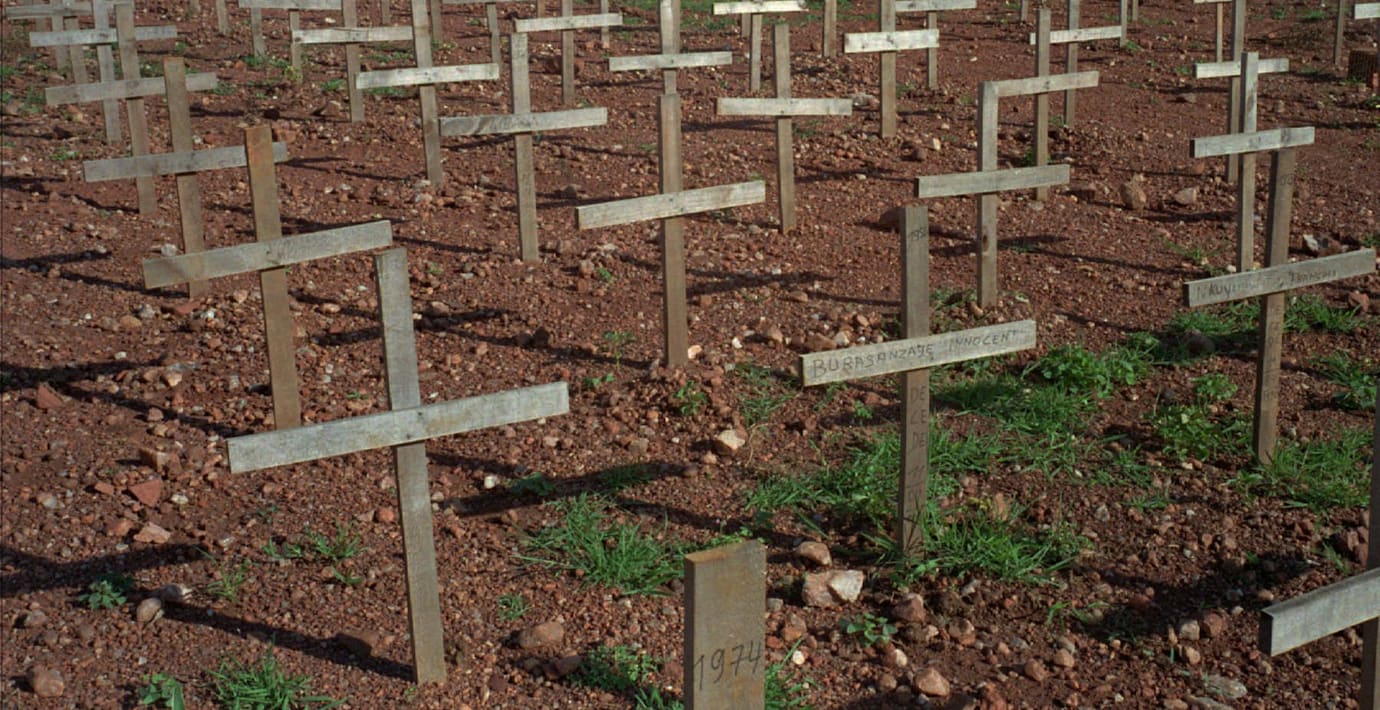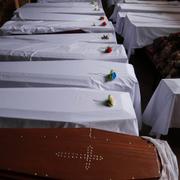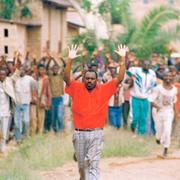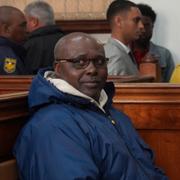bakgrund
Folkmordet i Rwanda
Wikipedia (en)
The Rwandan genocide, also known as the genocide against the Tutsi, occurred between 7 April and 15 July 1994 during the Rwandan Civil War. During this period of around 100 days, members of the Tutsi minority ethnic group, as well as some moderate Hutu and Twa, were killed by armed militias. The most widely accepted scholarly estimates are around 500,000 to 662,000 Tutsi deaths.In 1990, the Rwandan Patriotic Front (RPF), a rebel group composed mostly of Tutsi refugees, invaded northern Rwanda from their base in Uganda, initiating the Rwandan Civil War. Neither side was able to gain a decisive advantage in the war, and the Rwandan government led by President Juvénal Habyarimana signed the Arusha Accords with the RPF on 4 August 1993. Many historians argue that genocide against the Tutsi had been planned for a few years. Subsequently, Habyarimana's assassination on 6 April 1994 created a power vacuum and ended peace accords. Genocidal killings began the following day when soldiers, police, and militia executed key Tutsi and moderate Hutu military and political leaders.
The scale and brutality of the genocide caused shock worldwide, but no country intervened to forcefully stop the killings. Most of the victims were killed in their own villages or towns, many by their neighbors and fellow villagers. Hutu gangs searched out victims hiding in churches and school buildings. The militia murdered victims with machetes and rifles. Sexual violence was rife, with an estimated 250,000 to 500,000 women raped during the genocide. The RPF quickly resumed the civil war once the genocide started and captured all government territory, ending the genocide and forcing the government and génocidaires into Zaire.
The genocide had lasting and profound effects. In 1996, the RPF-led Rwandan government launched an offensive into Zaire (now the Democratic Republic of the Congo), home to exiled leaders of the former Rwandan government and many Hutu refugees, starting the First Congo War and killing an estimated 200,000 people. Today, Rwanda has two public holidays to mourn the genocide, and "genocide ideology" and "divisionism" are criminal offences. Although the Constitution of Rwanda claims that more than 1 million people perished in the genocide, the real number killed is substantially lower.




